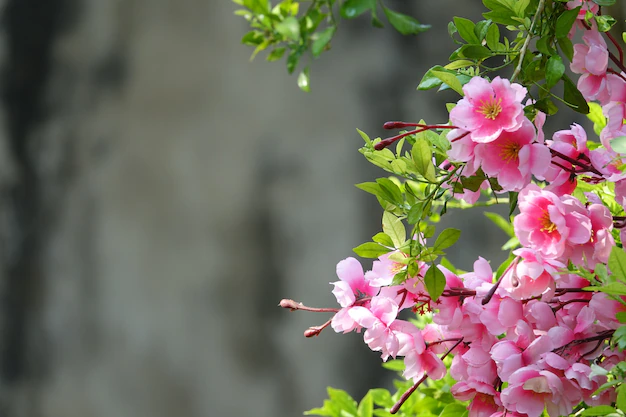
FLOWERS
Flowers are lovely and they are a sight to behold. Flowers are used to beautify a home or an environment. It can also be used for medicine like Aloe Vera. Flowers are medicinal and aesthetic in nature. Some flowers are used as repellants for reptiles or mosquitoes. The world is going green and you as a landlord or house owner should do the same too!
Some flowers are poisonous when eaten so be careful the type of flowers you plant in your house and above all be watchful over your children!
Here are list of some flowers and their origin and probably its use. The list is endless but we just selected a few of them.
Enjoy your reading and make sure you plant a flower today!
Yellow Trumpet (Costus Spectabilis) The Yellow Trumpet’s common name is an accurate description of this brightly-coloured Nigerian flower. The blooms are shaped like bright yellow trumpets and typically flower between summer and fall. These flowers grow from the Yellow Trumpet Bush – a perennial shrub.
Calla Lily (Zantedeschia Aethiopica) Calla Lillies are native to South Africa, but they are also abundant in the West African country of Nigeria. Despite having the word ‘lily’ in its common name, the Calla Lily is not actually a lily.
Amaryllis The Amaryllis is a flowering plant with an interesting history. Its name is Greek for ‘to sparkle’ and while it’s native to South Africa, it is primarily found on the Western Cape, which explains why it’s so popular in Nigeria. Amaryllis blooms are usually bright red and show up during the warmer seasons like spring and summer.
Red Acalypha (Acalypha Hispida) Red Acalypha is also known as the Chenille plant. It is an evergreen flowering shrub that produces pink-red flower clusters.
Red Acalypha has been used in traditional medicine for a long time, with many people incorporating parts of the plant into treatments for various ailments. However, some parts of the plant can be mildly toxic to humans.
Sunflower (Helianthus Annuus) The sunflower is a bloom that is familiar to many people all over the world. But did you know that these joy-bringing flowers grow in Nigeria? Sunflowers are actually native to North America, so it’s a testament to their hardiness that they can also thrive in the vastly different climate of Nigeria.
Croton (Codiaeum Variegatum) Croton is an easily recognizable plant because of its tiny yellow flowers that look like stars thanks to their five, pointed petals. Crotons are best grown as outdoor flowers because the plants don’t tend to bloom when grown inside. Although common in Nigeria, these plants are native to Malasia
Aloe Vera (Aloe Vera) Aloe Vera plants are most widely known for the jelly-like substance inside their leaves, but these plants also produce beautiful flowers. The flowers are bell-shaped and usually an orange-pink color, but they only appear once the plant has reached maturity at approximately 4 years.
Purple Heart (Tradescantia Pallida) Purple Heart is so named because of its three-petaled, heart-shaped flowers. These flowers are light purple in color, so they really do look like purple hearts! In many areas, Purple Heart is considered an invasive plant, and it’s a common sight in Nigeria despite originally being native to Mexico.
Crown Of Thorns (Euphorbia Milii) Crown of Thorns might sound like an intimidating name for a flowering plant, but the blooms of Crown of Thorns (also known as the Christ Plant) are beautiful. Ranging from pink to bright red, these flowers bloom year-round. The plant is, however, poisonous, and even the honey made from the flowers can be toxic.
Cordyline (Cordyline Fruticosa) Cordyline is a fascinating-looking plant that somewhat resembles a pink-tinged version of your average spider plant. It favors warm, tropical areas, so it grows well as an outdoor plant in Nigeria as well as an indoor plant.
Hibiscus (Hibiscus Rosa-Sinensis) Much like the Yellow Trumpet flower, Hibiscus plants produce flowers that are trumpet-shaped. However, the flowers of the Hibiscus plant are usually bright red in color, although they can also be orange, pink, or even white. Hibiscus grows best in tropical and subtropical climates.
Yellow Bush (Lupinus Arboreus) Yellow Bush’s name is quite self-explanatory. This is a flowering plant and also technically a legume, named Yellow Bush because of its attractive yellow flowers. It is native to California but is present in Nigeria. It grows well in dry, sandy areas like sand dunes.
Leave Your Comment